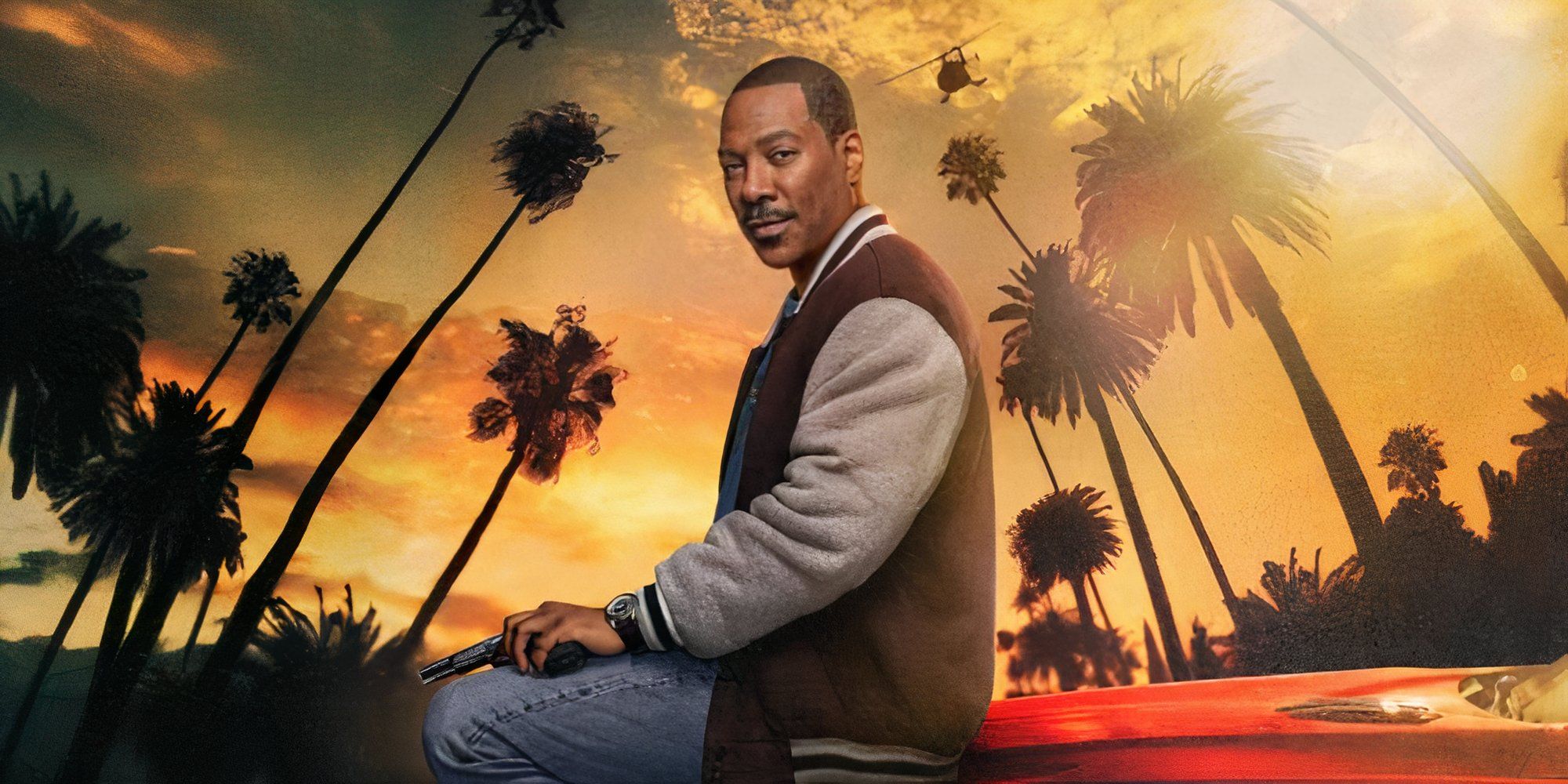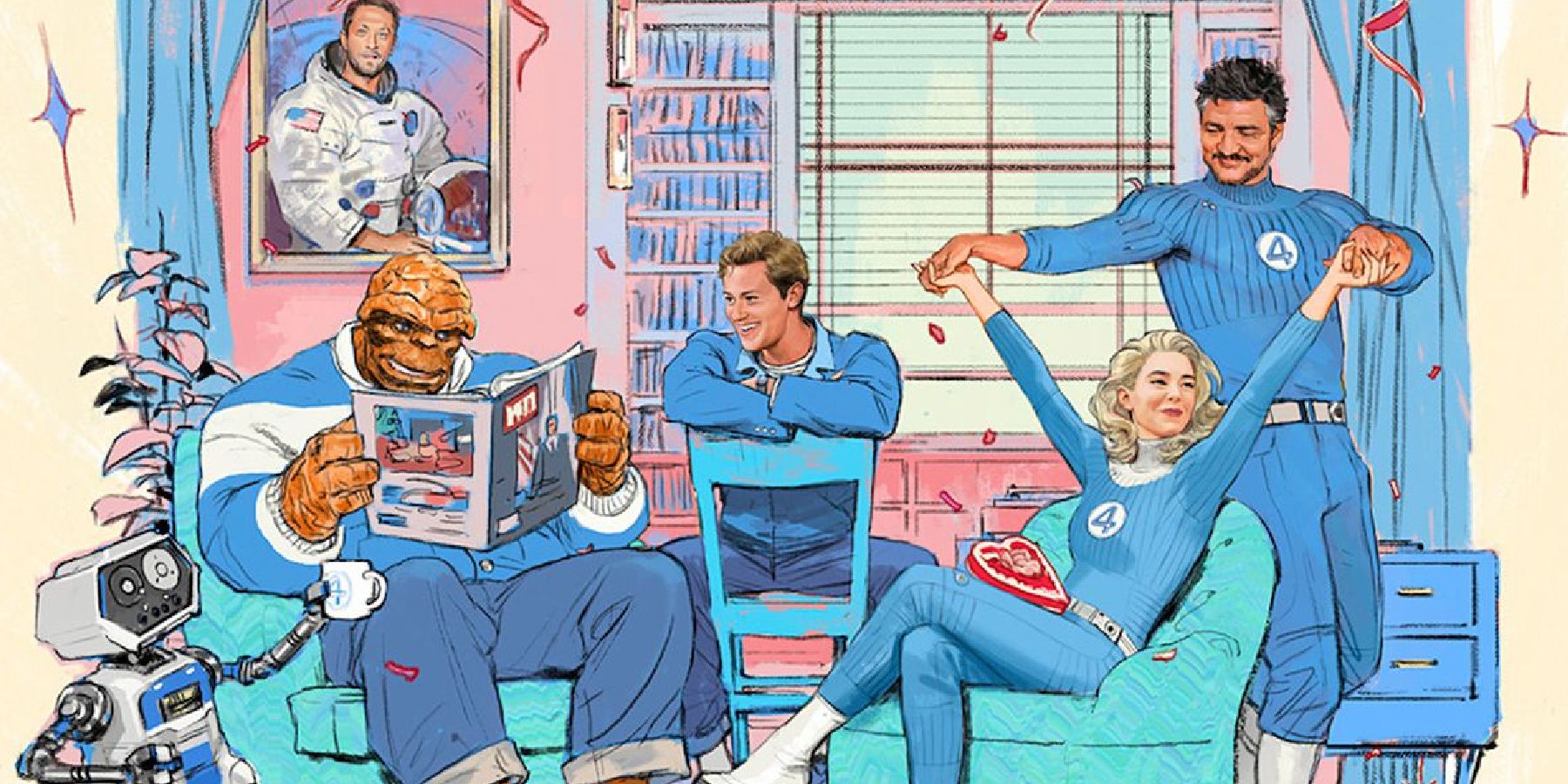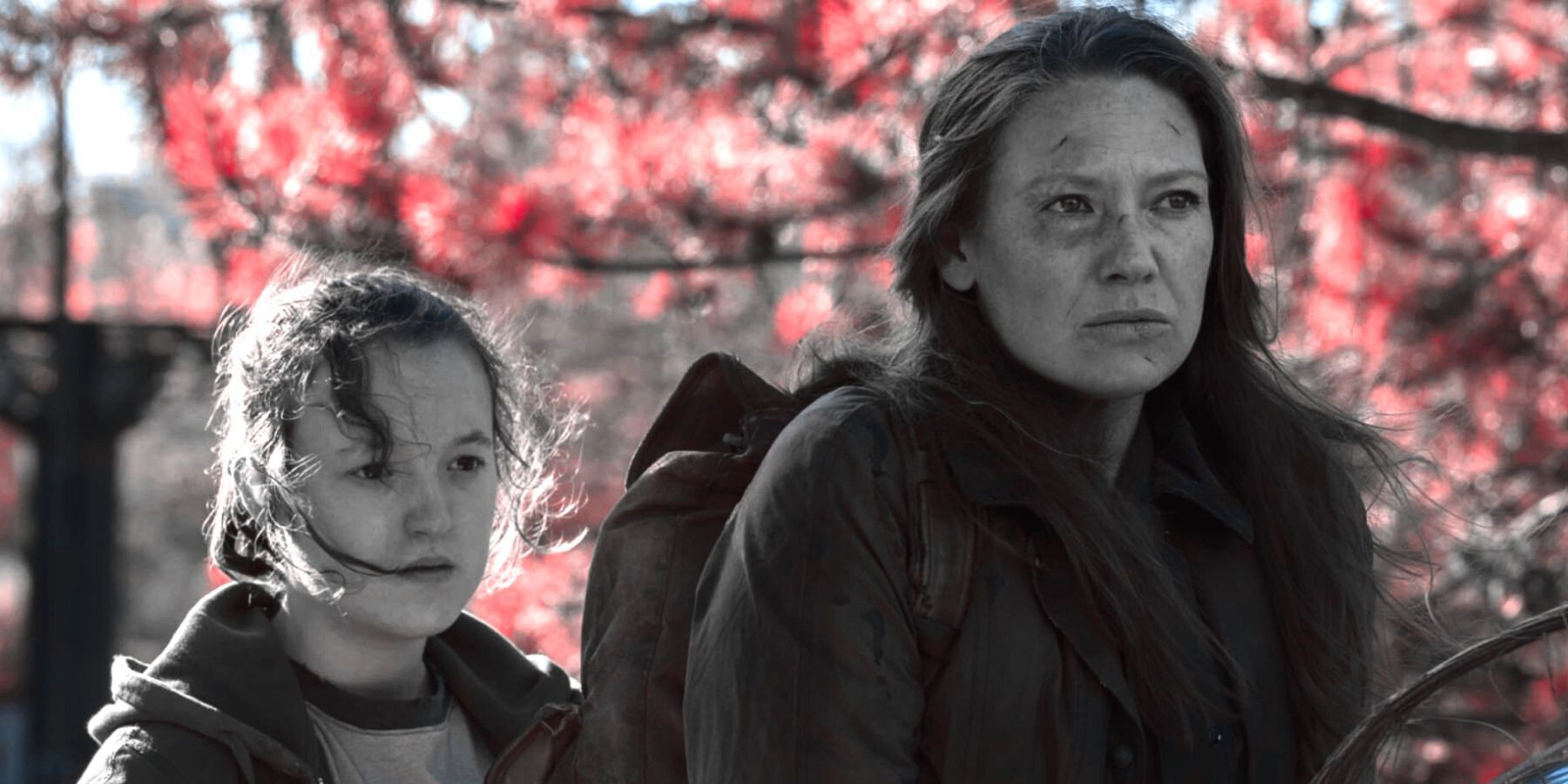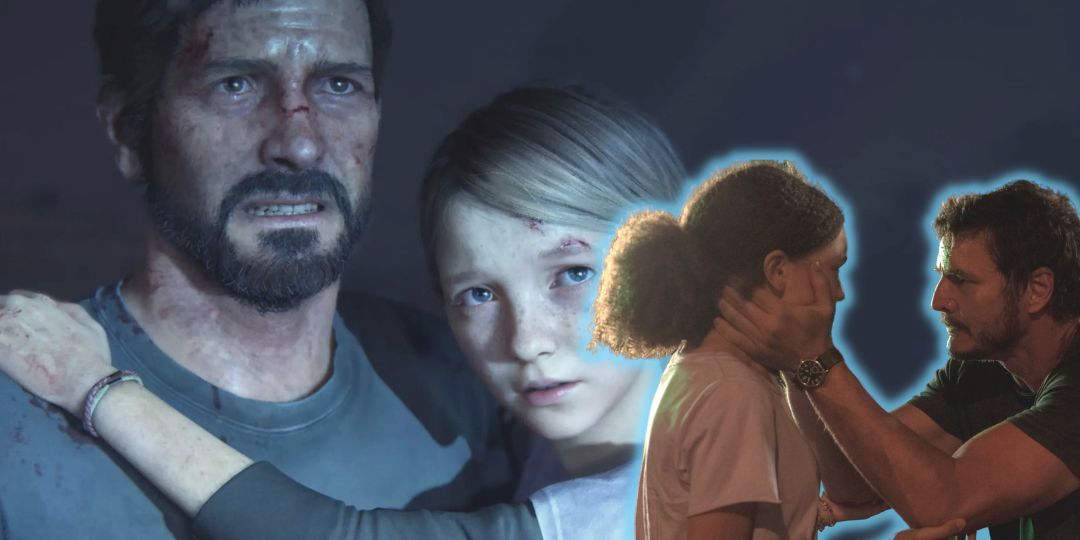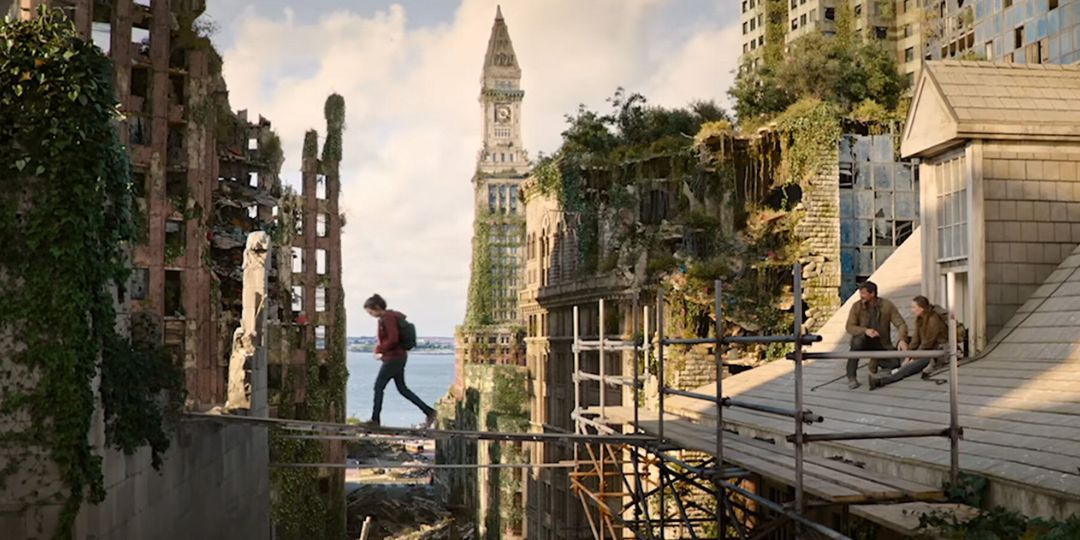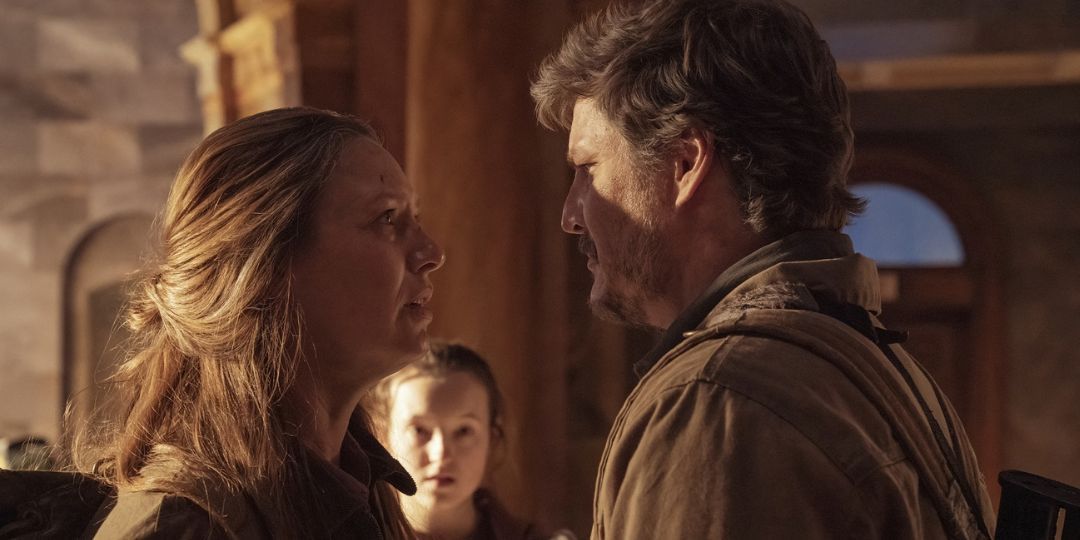While Neil Druckmann, the creative director and writer of Naughty Dog’s The Last of Us, set out to make something particular to the medium of television with the game’s adaptation, he definitely borrowed some cues from his primary industry. Unlike movies (or more conventional episodes of TV), video games have the luxury of time. They’re like books in that way. It doesn’t matter how much content has been created, the player will go through it at their own pace.
Sure, most playthroughs clock in at an average time played, but players aren’t required to rush or hit that mark. Games let their audiences explore, fail, give in to distraction, practice, pause — take a breath. It’s that space between action and just existing in a game’s world that often separates a great game from an unforgettable one. Naughty Dog’s The Last of Us — both Part 1 and Part 2 as well as the DLC expansion Left Behind — falls into that latter category. Now, HBO’s The Last of Us is taking things slow, too — and for the better.
The time spent playing a game matters deeply. That time — sometimes hundreds of hours, depending on the game or its replayability — shapes a player’s love of a title as much as the content does. Often, a slower opening in a game serves a dual purpose: draw them into the story, and provide a “here are the basic controls” tutorial. Players familiar with The Last of Us will recall playing through a prologue, which recounts the night Joel loses Sarah and the start of the Cordyceps outbreak. And the show certainly borrows from this cinematic approach — an interesting give-and-take-and-give-back between the mediums.
In the first episode of HBO’s The Last of Us, which clocks in at nearly an hour and a half running time, there’s a lot to set into motion. But the show doesn’t race through character introductions, nor does it dive head-first into the night of the Cordyceps outbreak. Instead, it gives viewers time to see Sarah (Nico Parker) and Joel’s (Pedro Pascal) dynamic — the banter, the thoughtfulness, and the fact that they mean the world to each other. Taking a page from the David Lynch school of horror, the unsettling starts in the familiar — Sarah’s neighbor twitching like an Infected just out of frame, for example — and then ramps up from there.
This slow introduction allows the audience to see how caring Sarah is: despite the chaos, she wants to stop for a stranded family on the road, and, on a less life-or-death note, she fixes Joel’s watch simply because it’s nice to do something for someone you love. The prologue also allows the audience to see Joel pre-outbreak — an incredibly caring and resourceful man who’s just enduring (and surviving) the pains of everyday life. When Sarah dies in Joel’s arms, it’s an aching gut-punch — and viewers have only known them for 30 minutes.
After the 20-year time skip, viewers follow a nameless character into the Boston Quarantine Zone (QZ). There, the show does a lot of world-building through what it shows us. That nameless child has been bitten, so the FEDRA soldiers, who run the military dictatorship that is the QZ, quietly euthanize them. Joel, meanwhile, picks up odd jobs to make end’s meet — like cremating the Infected and shoveling their ashes. After work, he walks by a public execution of folks who dared to leave the QZ. It’s a beyond-bleak world.
The only light in the dark? Potentially the Fireflies, a secret network of rebels who stand up to the QZ soldiers. For Joel, though, the only thing that matters is finding a way to reach his brother, Tommy (Gabriel Luna), who’s outside the QZ and unresponsive. Being eased into Joel’s life, and the harsh realities of the QZ, make it all more immersive. When we’re introduced slowly to Tess (Anna Torv), Joel’s smuggling partner, and Marlene (Merle Dandridge), the head of the Fireflies, it’s easier to build a relationship with these disparate characters who all want different things — and who are sometimes at odds with one another.
While the reveal at the end of the first episode that Ellie (Bella Ramsey) has been bitten probably isn’t a complete shock to viewers, the slower pace of the pilot adds a kind of cinematic weight to this revelation. When the second episode opens, Joel and Tess all but have their weapons trained on Ellie, making sure she doesn't turn over night, even though her bite is days’ old. It’s not necessarily disbelief at her immunity — it’s a lack of belief at all. Joel’s resigned himself to how life looks in the QZ, after all.
Once the trio is outside the non-safety of the QZ, things become perilous in a whole new way. Like in the game, stealth is a must to evade Infected. This also impacts the pacing; not only is the story slowly unfolding, but the action sequences are slow-paced, too. The effect is two-fold: the slowness lends itself to creating something both immersive and tense. Instead of introducing all the permutations of the Infected at once, the ambling Clickers appear as something of shock.
By the time the trio kills the Clickers in the abandoned museum and makes it to the Fireflies’ checkpoint at the State House, it feels like we’ve really been through it with them. Like we’ve experienced episodes’ worth of chilling, near-death moments. In truth, Tess and Joel have only been onscreen escorting Ellie for 45 minutes in this second episode. Even Tess’ reveal, and death, hold the weight of several episodes of knowing her.
If a player were to speed-run the Boston sections of the game, it probably would amount to a similar time frame. Odds are, most players don’t make it in one shot or want to spend time exploring and collecting resources, too. In making the most of the time it has, HBO’s The Last of Us is able to pack a lot of plot, character, and world-building into just two episodes. Although it’s going slowly, it doesn’t feel that way. Suddenly, a few hours have gone by. Suddenly, Joel and Ellie are leaving Boston behind and starting their cross-country trek in earnest.
The Last of Us does a lot of work in its first few episodes. The slower introduction to this pandemic-ravaged world not only deepens the narrative on its own merits, but it helps the show to stand apart from the other undead fare that’s saturated screens for the last decade. Joel and Ellie’s journey is long and harrowing — a simple story with so much texture. Taking it slow is the best approach to translating their story to the screen, and it will pay off even more as the season progresses — just wait and see.
New episodes of The Last of Us premiere on HBO every Sunday through March 12, 2023.

